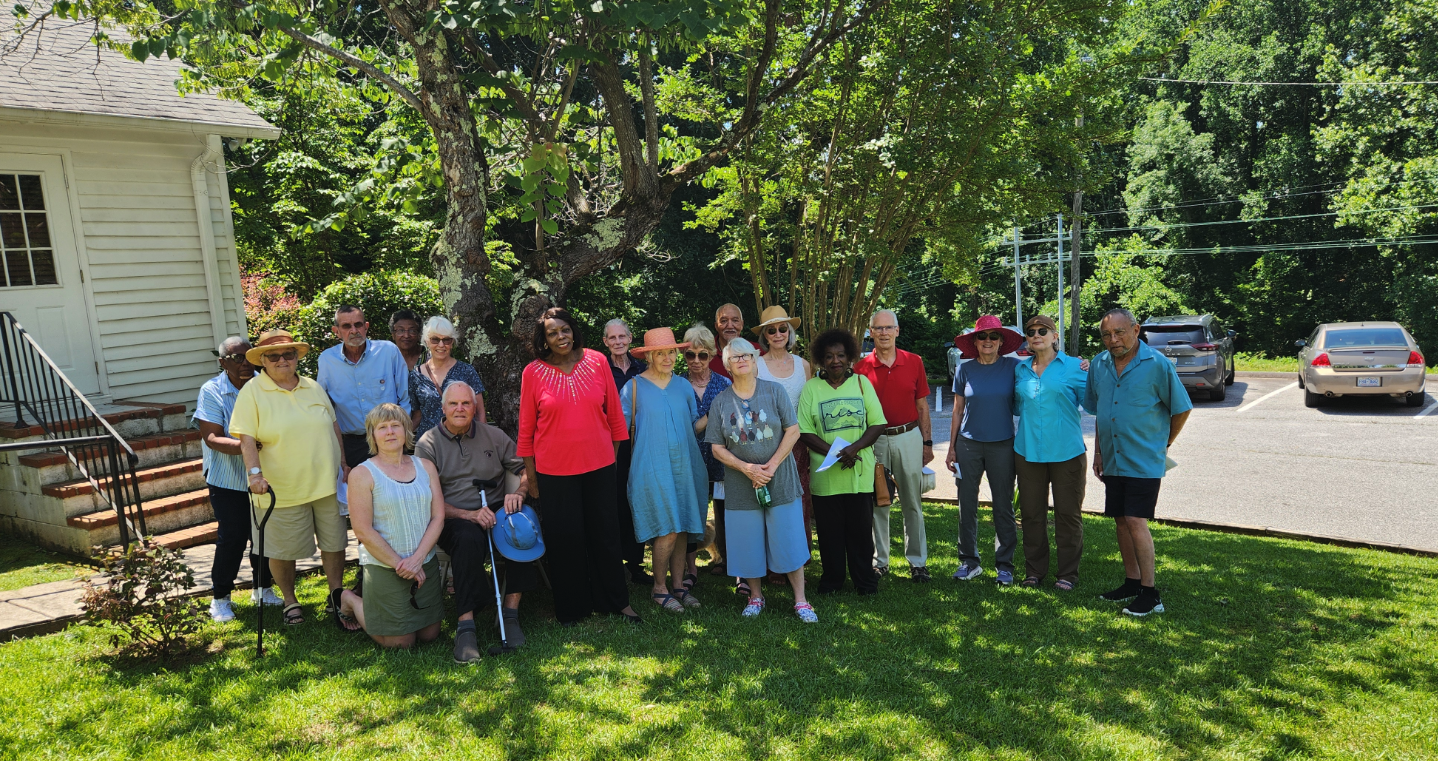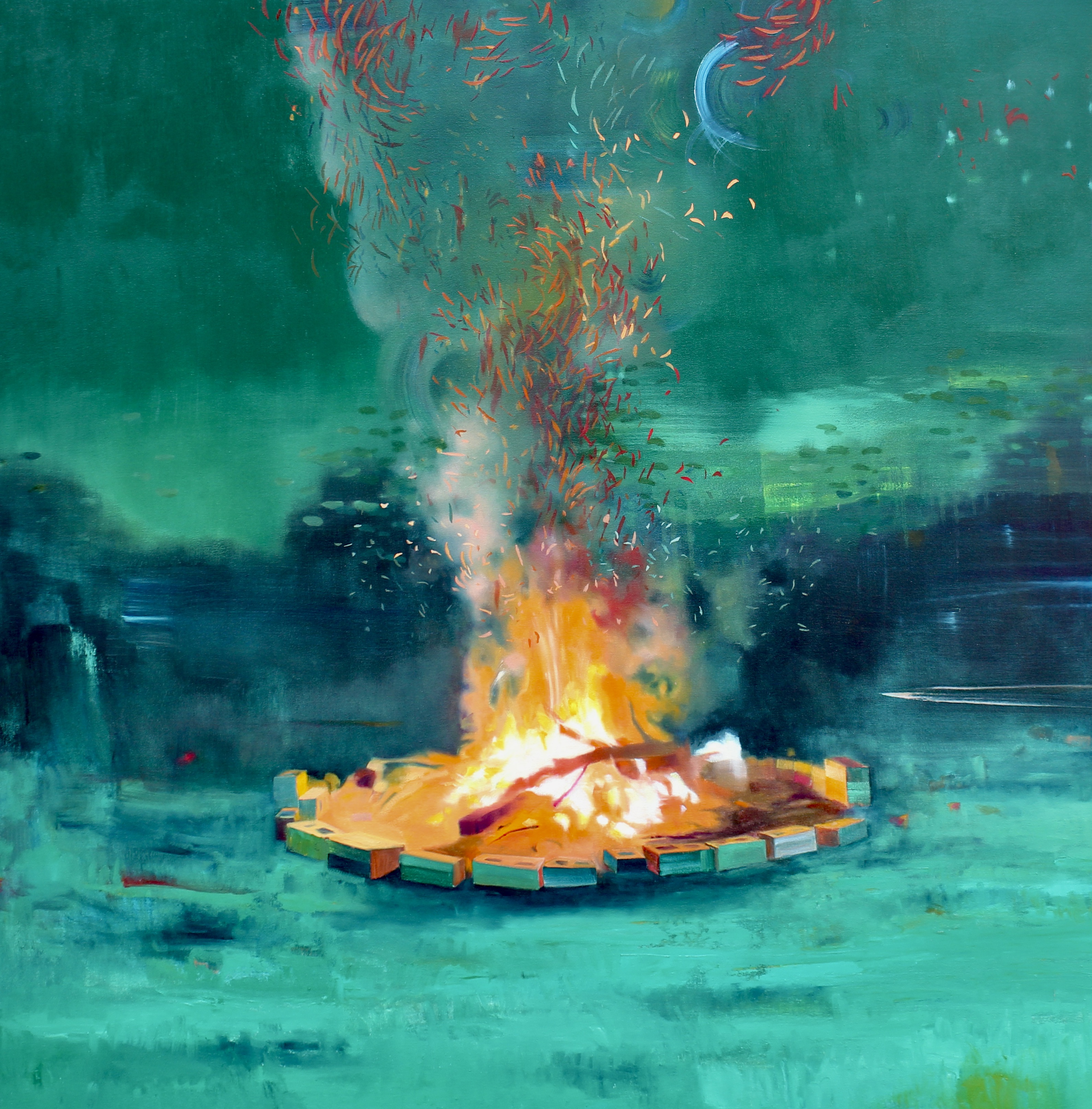New book on Hogback Mt.
Published 8:22 am Monday, July 25, 2011

Jim Stehlik, author of “Distilling the Mysteries of Hogback Mountain,” in front of Hogback Mountain.
Presentation, signing at Landrum Library on July 26, 6:30 p.m.
Industrial moguls, world-class golf course designers, top government officials and moonshiners are all part of the history of the top of Hogback Mountain. Add in rumors of visits from Al Capone in Prohibition times and a long-lost stash of silver flatware, and it’s easy to understand how Landrum author Jim Stehlik became fascinated by the property.
Stehlik will talk about the release of his new book, “Distilling the Mysteries of Hogback Mountain: An Historical Record and Photo Essay of Hogback Mountain,” on Tuesday, July 26 at 6:30 p.m. at the Landrum Library.
Stehlik said he became interested in Hogback Mountain after he moved to the Cliffs at Glassy in Landrum 11 years ago. He said he looked out at Hogback every day but learned he could not explore it because it is a restricted property in the N. Saluda Reservoir Watershed of Greenville, S.C. It is also protected by a conservation easement held by the Nature Conservancy.
Perhaps partly because of Hogback’s inaccessibility, Stehlik said he became increasingly curious about the mountain.
“It became a puzzle I had to solve,” Stehlik said.
He began reading about the history of the Dark Corner, which includes Hogback Mountain, and heard rumors about the history of the plateau at the top. Then he had the opportunity to hike to the top of Hogback with Dark Corner native Clint Plumley. Plumley is a direct descendant of Morning Gosnell Plumley and John Plumley, who at one time had five generations of their family living in these mountains. The Plumleys are buried in Mountain Hill Church on Glassy Mountain.
On Plumley’s maternal side, he is descended from Mille and Asbury “Berry” Emery, who are buried in the Emery and Lindsey Family Cemetery on Hogback Mountain.
Plumley shared his stories of the mountains and helped Stehlik document the history of the area. Stehlik’s book is dedicated to Plumley, and “to those who worked these lands before him.”
When Stehlik dug deeper into his research, he found little documented evidence of the area’s history. Through six years of research using books and newspapers, registry of deeds and personal interviews, Stehlik uncovered the information presented in his book.
After the Revolutionary War, the 186-acre plateau, recently ceded Cherokee land, was sold to settlers or granted to veterans to settle back war wages. In 1811, the plateau was granted to Thomas Goodgion, a businessman living in Landrum, and from that time forward, the property was bought and sold by wealthy individuals.
The most notorious of those wealthy owners was Royal C. Remick, who raised the equivalent of $250,000,000 in today’s dollars to build a resort, golf course and investment property on a plan similar to that implemented nearly a century later by the Cliffs Communities in developing the Cliffs at Glassy. The Hogback Country Club and Golf Course was built during the roaring twenties in a booming period of land speculation in western North Carolina. It later crashed under the stress of the Depression and other finance issues.
Stehlik said he decided to donate all proceeds from the book’s sales to the Nature Conservancy’s Jones Gap expansion project. The book is available locally at the Tryon Fine Arts Center and the Habitat for Humanity store in Landrum.
For more information call the Landrum Library at 864-457-2218 or email lightondarkcorner@att.net.





